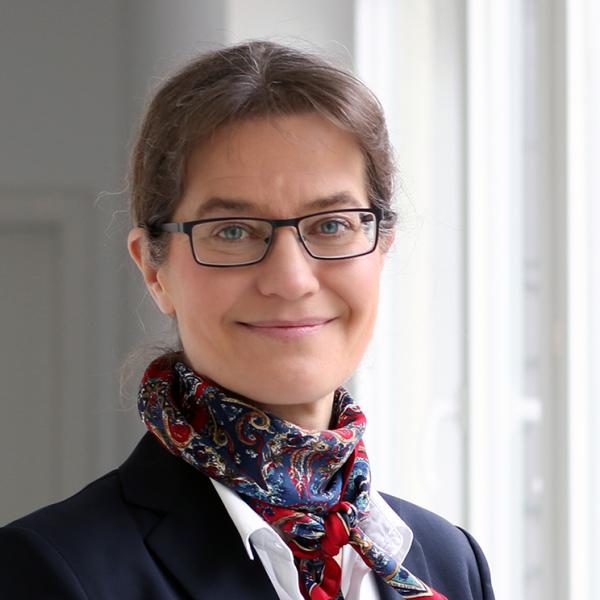A Fund-Based Stabilization Mechanism for the Eeg Surcharge
Project period: September 2016
Research Areas:
Summary
This report investigates the financial payment flows resulting from fixing the Renewable Energy Act (EEG) surcharge at a nominal level of 6.5 €ct/kWh as of 2017 and covering temporary financing gaps between EEG differential costs and EEG surcharge revenues via borrowing. In principle, all expenditures from EEG differential costs and all revenues from the fixed surcharge are managed via a fund. If expenditures exceed revenues, a loan is taken out to cover the residual net payments. Should expenditures drop below the capped revenues, excess funds can be used to repay outstanding debts. Developments in the volume and repayment of the fund, as well as the financing costs that arise, are examined for three different wholesale electricity price paths (MAX, TREND, MIN). In the moderate TREND scenario electricity prices rise from their current level of 3.18 €ct2016/kWh to 6 €ct2016/kWh by 20150 (MAX: 9.31 €ct2016/kWh; MIN: 3.18 €ct2016/kWh).
The results show that, after a brief upturn, the annual EEG differential costs in the TREND scenario are expected to fall again. Through 2028 there is a financing gap that has to be covered via a loan. Cumulative borrowing will peak in 2029 at a maximum volume of EUR2016 29.13 bn. In the following year surcharge revenues will exceed differential costs for the first time; and funds can potentially be fully repaid by 2038. The EEG surcharge will remain at a fixed level until the end of the repayment period and will fall in the following year to the amount required to cover ongoing differential costs of 3.2 €ct2016/kWh. Through 2050 the steady rise in electricity prices combined with a slight drop in investment costs will enable a further reduction in the surcharge to 2.4 €ct2016/kWh, despite continued capacity expansion. Financing costs i.e. the sum of interest and compound interest payments total EUR2016 2.58 bn in this scenario.
| MAX | TREND | MIN | |
| Max. fund volume (year) | 2023 | 2029 | > 2100 |
| Max. fund volume (bn EUR2016) | 5.83 | 29.13 | in 2100: 699 |
| Repayment year | 2026 | 2038 | > 2100 |
| Financing costs (bn EUR2016) | 0.10 | 2.58 | up to 2100: 183 |
A sensitivity analysis of main input parameters shows that both the wholesale electricity price, as well as the market value factors of wind and solar energy, significantly influence the results, while assumptions regarding developments in electricity demand and real interest rates have less of an impact on the maximum fund volume and the repayment date.
Publication (in German)
Stabilisierung der EEG-Umlage durch zeitliche Streckung über Fonds („Streckungsfonds“)
2016
Gutachten im Auftrag des Bayerischen Staatsministeriums für Wirtschaft und Medien, Energie und Technologie
